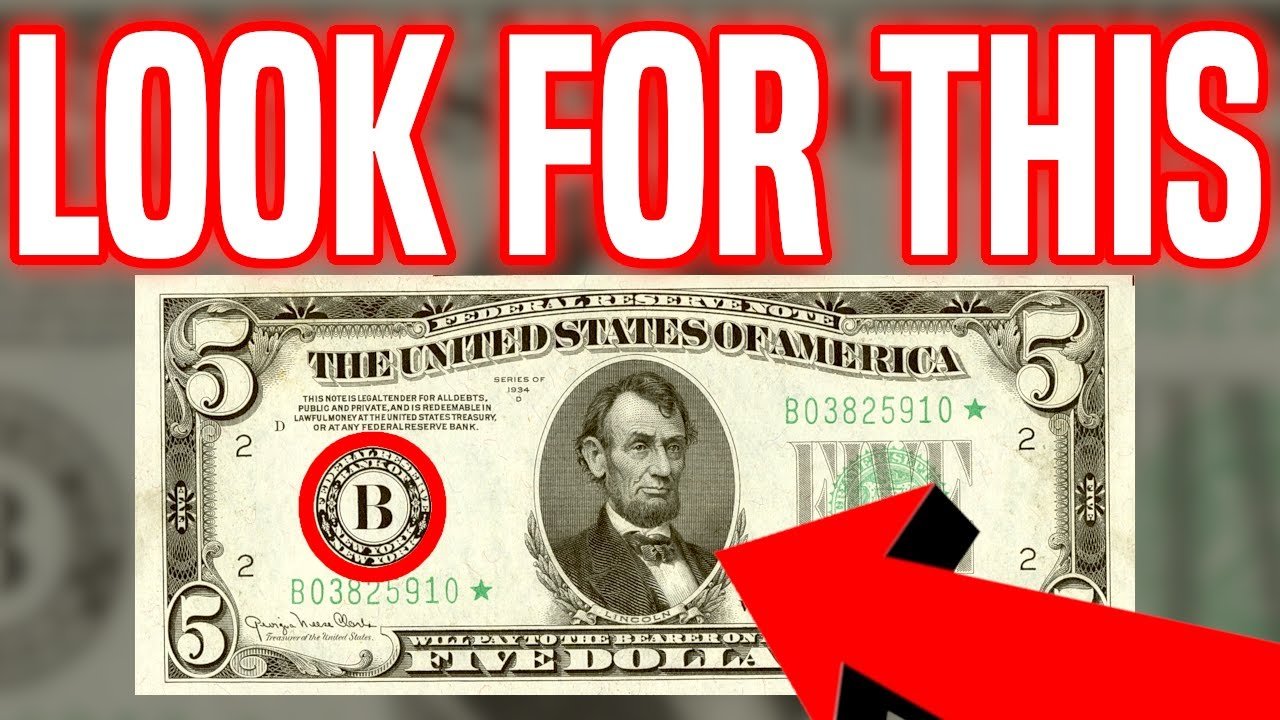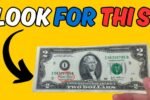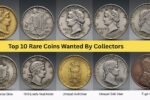If you’ve ever wondered whether there’s hidden treasure in your wallet, you might be right. Some ordinary-looking bills are worth thousands — and one of the most fascinating examples is the 1995 $5 bill with an upside-down seal. This rare printing error has become a collector’s favorite, turning what was once just paper money into a valuable piece of numismatic history.
What Makes the 1995 $5 Bill Special?
The 1995 series of $5 bills was part of the older U.S. currency design, featuring President Abraham Lincoln on the front and the Lincoln Memorial on the back. While millions of these bills were printed, a few sheets slipped through the Bureau of Engraving and Printing with a major error — the Treasury seal and serial numbers were printed upside-down.
This mistake transformed an everyday bill into a rare collectible worth hundreds or even thousands of dollars, depending on its condition and rarity.
Understanding the Error – The Upside-Down Seal
A genuine upside-down seal error occurs when the green Treasury seal and serial numbers on the bill are misaligned during printing. Normally, these features are printed last, in a separate step from the rest of the design.
In this case, the sheet was accidentally flipped before the final print run, resulting in a seal positioned 180 degrees upside-down. Because such errors are caught and destroyed during inspection, very few escaped into circulation — which makes surviving examples incredibly rare.
How to Identify a 1995 $5 Bill With an Upside-Down Seal
If you want to check your bills, here’s what to look for:
-
Check the Series Year: Look at the small print below the portrait’s left shoulder. It should read “Series 1995.”
-
Inspect the Treasury Seal: The green seal (to the right of Lincoln’s portrait) should be upside-down compared to the rest of the design.
-
Look at the Serial Numbers: They may also appear inverted or misaligned if the same error affected their placement.
-
Condition Matters: Bills that are crisp, uncirculated, or free of folds can be worth significantly more.
If you find one, handle it carefully — even a small crease can reduce its value.
How Much Is It Worth?
The exact value depends on condition and demand, but verified examples of the 1995 $5 upside-down seal error have sold for $500 to over $3,000 at auctions and collector markets. Uncirculated or graded bills (especially by PMG or PCGS Currency) fetch the highest prices.
How to Authenticate the Bill
Because fake “error bills” sometimes appear online, it’s important to confirm authenticity:
-
Submit it to a professional currency grading service like PMG (Paper Money Guaranty) or PCGS Currency.
-
Avoid cleaning, flattening, or altering the bill in any way.
-
Compare it to verified error note examples online from reliable numismatic sources.
Where to Sell or Value Your Bill
If you confirm that your 1995 $5 bill is genuine, you can sell it through:
-
Reputable coin and currency dealers
-
Auction houses that specialize in rare notes
-
Online collector platforms such as Heritage Auctions or Stack’s Bowers
Final Thoughts
The 1995 $5 bill with an upside-down seal is a perfect example of how an ordinary object can become a rare collectible through a simple mistake. So before you spend that old $5, take a closer look — you might be holding a small piece of printing history worth thousands.
FAQ – 1995 $5 Bill With Upside-Down Seal
Q1: What causes the upside-down seal error?
A: It occurs when the sheet of bills is accidentally flipped before the final printing of the Treasury seal and serial numbers.
Q2: How rare is this error?
A: Extremely rare — most misprinted sheets are destroyed before release, so only a few escaped into circulation.
Q3: How much is a 1995 $5 upside-down seal bill worth?
A: Depending on condition, it can range from $500 to $3,000 or more for verified examples.
Q4: How can I confirm my bill is real?
A: Have it graded and authenticated by PMG or PCGS Currency to ensure it’s a genuine printing error.
Q5: Should I try to clean or flatten the bill?
A: No — cleaning or pressing the bill can decrease its collector value. Always store it safely in a protective currency sleeve.
Q6: Where can I sell it?
A: Through certified currency dealers, major auctions, or online collector marketplaces.






